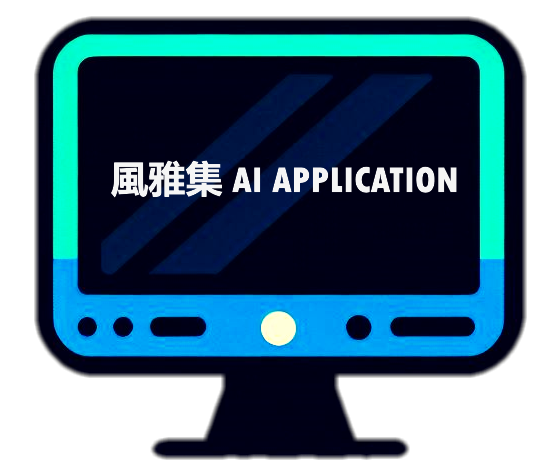Prompt to DeepSeek:
Please give a comprehensive summary of this image, section by section.
### 圖片內容綜合摘要
#### **1. 熱擴散測試介紹**
圖片介紹了電動汽車電池的熱擴散測試,核心要求是電池不得起火或爆炸。此測試是新國標的一部分,旨在提升電池安全性,緩解公眾對新能源汽車自燃風險的擔憂。
#### **2. 電動汽車電池新國標**
– **實施時間**:強制性國家標準《GB88031-2025》(電動汽車用動力蓄電池安全要求)將於 **2026年7月1日** 適用於新申請批准的車型,已獲批准的車型則從 **2027年7月1日** 開始適用。
– **目的**:通過更嚴格的測試要求,提高電動汽車電池的安全性和可靠性。
– **主要修訂內容**:
– **熱擴散測試**:更新為要求電池「不起火、不爆炸」,取代此前較模糊的技術要求。
– **重啟測試**:評估電池重啟後的安全性與壽命,確保無斷電、外殼損壞、起火或爆炸,並符合絕緣電阻標準。
– **快充循環測試**:新增測試項目,要求電池在300次快充循環後進行外部短路測試,同樣需滿足「不起火、不爆炸」的要求。
#### **3. 行業影響**
– **公眾信心**:嚴苛的測試標準有望緩解公眾對電動汽車電池自燃的疑慮。
– **行業挑戰**:小型電池製造商可能面臨研發成本上升的壓力,進而加速行業整合與技術標準化。
#### **4. 圖表示例**
圖片包含多張與熱擴散測試相關的示意圖:
– **電池單體熱失控**:展示內部短路與熱失控情境。
– **測試台架**:呈現測試裝置,包括撞擊頭與待測電池。
– **新增底部撞擊測試**:評估電池底部受撞擊後的防護能力,進一步提升安全性。
#### **5. 總結**
新國標標誌著電動汽車電池安全性的重大進步,通過嚴格測試防止起火與爆炸。儘管可能對小型製造商帶來挑戰,但最終目標是推動產業標準化並增強消費者對新能源汽車的信心。
—
此摘要涵蓋圖片中的關鍵內容,包括新國標的要求、實施時間、行業影響,以及相關圖示說明。
### Comprehensive Summary of the Image
#### **1. Introduction to Thermal Diffusion Testing**
The image introduces a thermal diffusion test for electric vehicle (EV) batteries, with the primary requirement that the batteries must not catch fire or explode. This test is part of a new national standard aimed at enhancing battery safety and addressing public concerns about the risk of self-ignition in new energy vehicles.
#### **2. New National Standard for EV Batteries**
– **Implementation Date**: The new mandatory national standard, “GB88031-2025” (Electric Vehicles用动力蓄电池安全要求), will take effect on **July 1, 2026**, for newly approved vehicle models, and on **July 1, 2027**, for already approved models.
– **Purpose**: The standard aims to improve the safety and reliability of EV batteries by introducing stricter testing requirements.
– **Key Revisions**:
– **Thermal Diffusion Test**: Updated to require batteries to “not catch fire or explode,” replacing previous vague technical requirements.
– **Restart Test**: Evaluates battery safety and lifespan after restarting, ensuring no issues like power loss, casing damage, fire, or explosion, while meeting insulation resistance standards.
– **Fast-Charging Cycle Test**: A new test assesses battery safety after 300 fast-charging cycles, followed by an external short-circuit test, with the same “no fire, no explosion” requirement.
#### **3. Industry Impact**
– **Public Confidence**: The stringent tests are expected to alleviate public concerns about EV battery fires.
– **Industry Challenges**: Smaller battery manufacturers may face increased R&D costs, potentially accelerating industry consolidation and standardization.
#### **4. Illustrations and Diagrams**
The image includes several diagrams related to thermal diffusion testing:
– **Battery Cell Thermal Runaway**: Depicts internal short circuits and thermal runaway scenarios.
– **Test Setup**: Shows a testing rig with an impact head and the object being tested (battery).
– **New Bottom Impact Test**: Introduces a test to evaluate battery safety when the bottom is impacted, enhancing overall protection.
#### **5. Conclusion**
The new national standard represents a significant step forward in EV battery safety, with rigorous testing protocols designed to prevent fires and explosions. While it may pose challenges for smaller manufacturers, it ultimately aims to standardize the industry and boost consumer confidence in new energy vehicles.
—
This summary captures the key points of the image, including the new standard’s requirements, implementation timeline, and industry implications, along with the visual aids provided.

